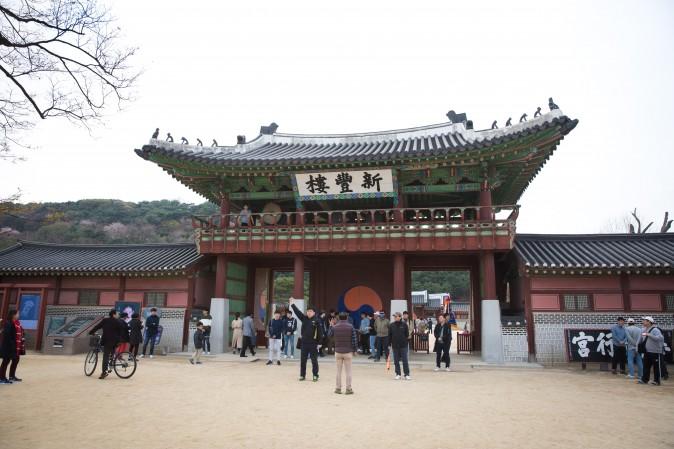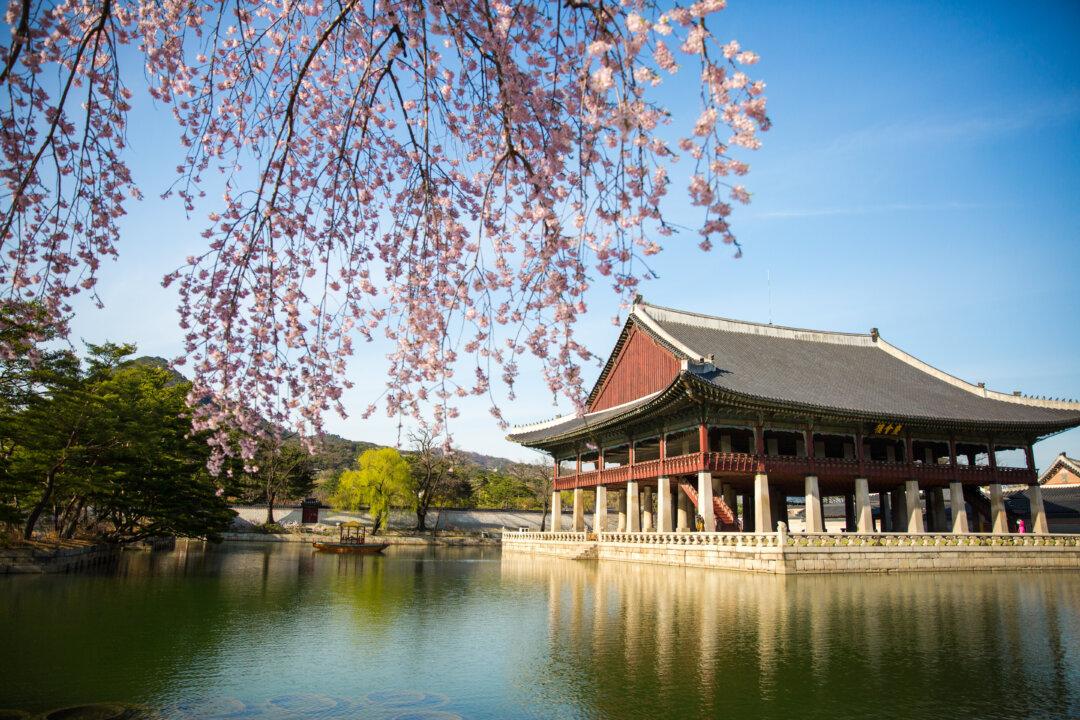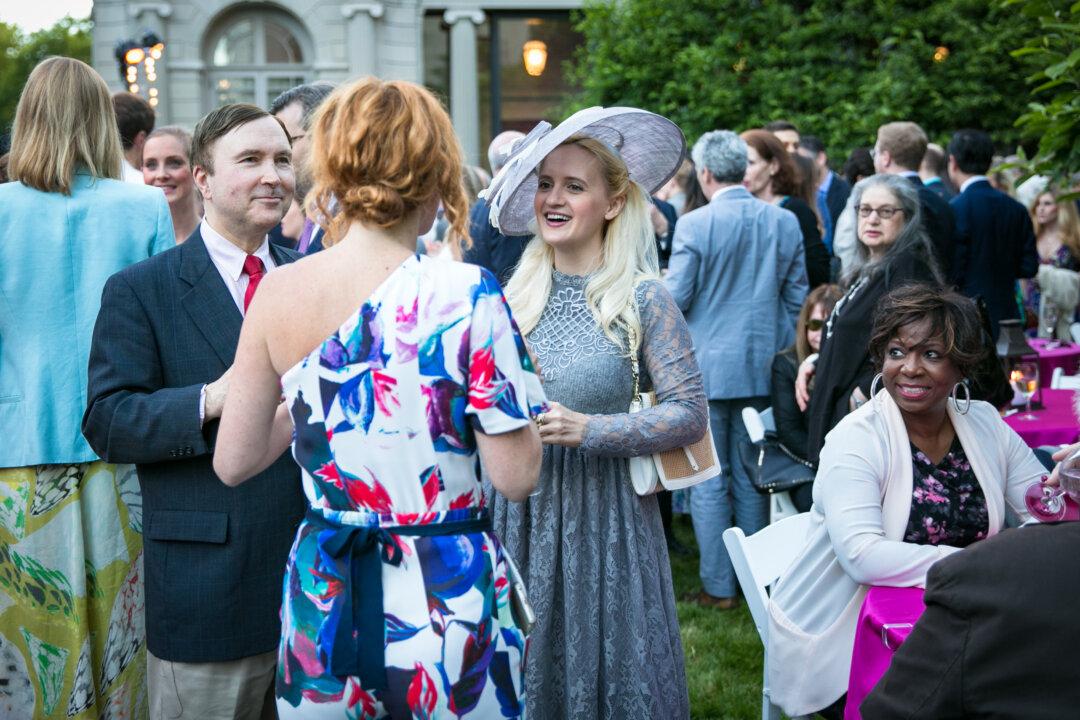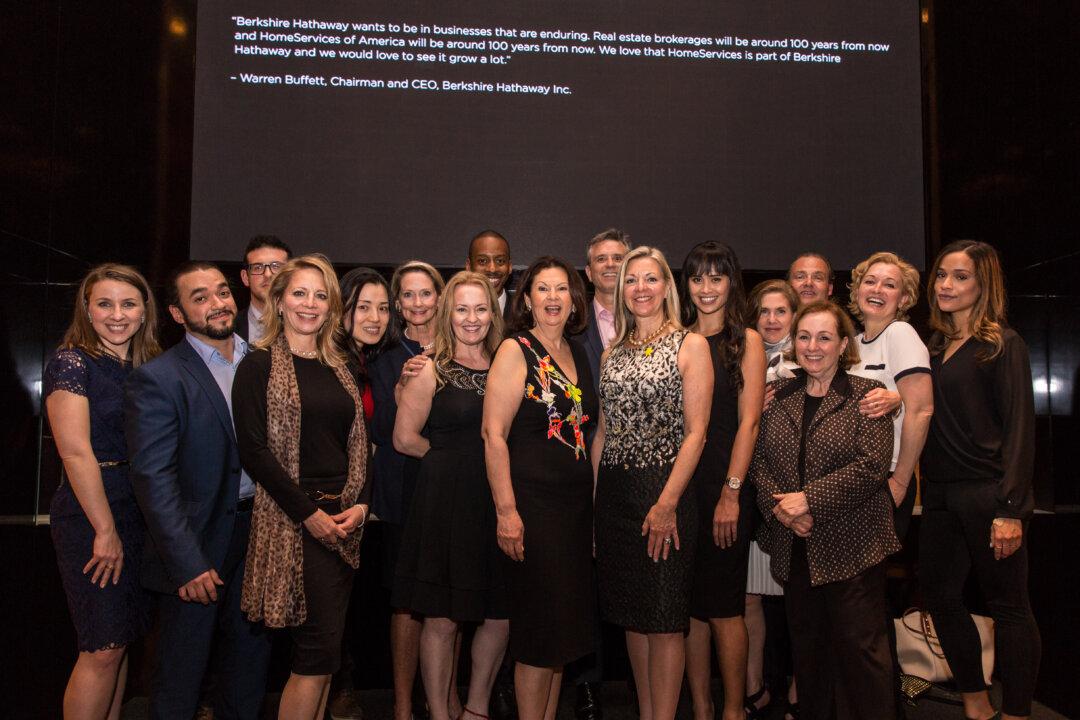As I ambled through the ancient Gyeongbokgung Palace, the scent of jasmine flowers filled the air, the sun shone through the distant mountain peaks, and pastel-colored cherry trees, filled with blossoms, lined the path. It felt as though life had truly slowed down, and I had entered the past.
No one was checking their phones for Facebook responses, no one was rushing or pushing to get a photo, and everything was very calm and peaceful. I was surrounded with smiles from people wearing the traditional hanbok dress. I felt I came as close to ancient life as possible without access to a time machine to bring me there.
After just a few days in the country, I could easily see why Pyeongchang, about 100 miles east of Seoul, was selected to host the 2018 Winter Olympics. While tourists usually stay in Seoul, the beautiful surrounding countryside with its large mountains and great resorts will encourage talk about the Olympic games for years to come.
Here are 10 of my favorite places in the northern region of South Korea.
10. Gwangmyeong Cave
[gallery size=“medium” ids=“2258794,2258793,2258792,2258791,2258790,2258795,2258796”]
Gwangmyeong means “prosperous life,” and the cave has a long history of both prosperity and tragedy. It was originally a goldmine when Korea was under Japanese colonial rule in 1912, and then, during the Korean War, it provided shelter for refugees. In 1972, it became a space to hold salted shrimp, and finally in 2011, Gwangmyeong city opened it as a theme park dedicated to Korea’s industrial heritage. To this day, there are still deposits of gold in the cave and you can go panning for it yourself, one of many activities offered inside.
Some highlights of the cave include the botanical garden, where cutting-edge technology is used to grow vegetables, used in the cave’s restaurant, without sunlight; Aqua World, where aquariums hold different species of fish from around the world; and the Golden Waterfall, a natural waterfall inside the cave is nearly 30 feet tall and 30 feet wide and pours 1.5 tons gallons of water every minute. A vintage-themed restaurant inside the cave serves over 100 kinds of wine; on weekends, visitors can enjoy free tastings.
With a depth of almost 900 feet and over 4 1/2 miles long (with one mile open to the public), the cave got the attention of director Peter Jackson and inspired the design of the dragon Smaug’s lair from the the second film in the “Hobbit” triology, “The Desolation of Smaug.” A few props from the “Lord of the Rings” movies, as well as a large dragon, are displayed around the cave.
Price: $1.00–5.50 (1,000–6,000 won)
Hours: 9:00 a.m.–6:00 p.m.
www.gm.go.kr/cv/en/index.do
9. Suwon Hwaseong Fortress






